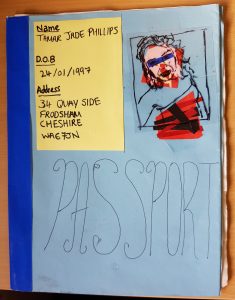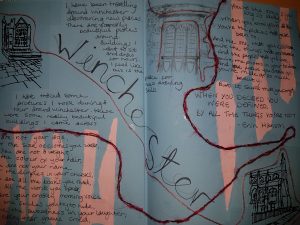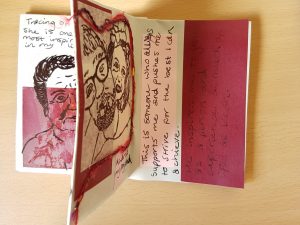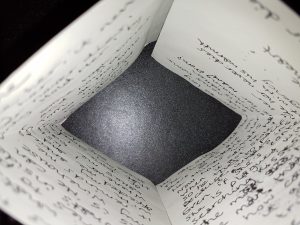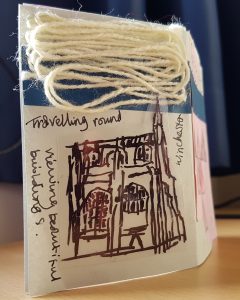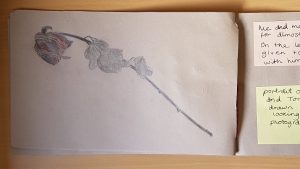For the task of consuming a book I chose to look at ‘Jackson Pollock New Approaches – The Museum of Modern Art, New York’. The book consists of how highly his work was regarded by historians, artists and 20th century art. Opinions of these individuals is included throughout the book beginning with ‘T. J. Clark’, who discusses how the scale and size of the work could be the artists way of representing his subject matter which is highly important for the way he works. A key quote I picked up in this section was how his abstraction ‘was a kind of literalness, a return to the world’ and this could explain how his larger paintings were often accompanied by smaller works.
‘Robert Storr’ discusses how Pollock discovered Mexican Muralism during his mid-teens and became enthralled by it. I found it interesting how ‘Pollock’s engagement with the Mexican Muralists lasted over a decade’ as this suggests how compelled he felt to research deeper and it also states how he was inspired by Orzco for the creation of his sketch book drawings.
It is suggested that Pollock continued from where Picasso and Braque had ceased with Cubism. This book made me consider how artists generally seem to borrow ideas from each other and make them their own, often by expanding on them further. For another example I discovered within this book, Rauschenburg who followed after Pollock integrated elements of Cubism with the drips Pollock was best known for.
A section of writing that caught my eye in the book was ‘Every so often a painter has to destroy painting’ I feel like this is talking about how unconventional his style of painting was in comparison to what may have been deemed traditional at this time. It’s the idea that sometimes doing something completely obscure with paint or art work can create a new style of painting and influence artists to develop pre-existing ideas of what painting can be.
Bibliography – Jackson Pollock New Approaches – The Museum of Modern Art, New York

